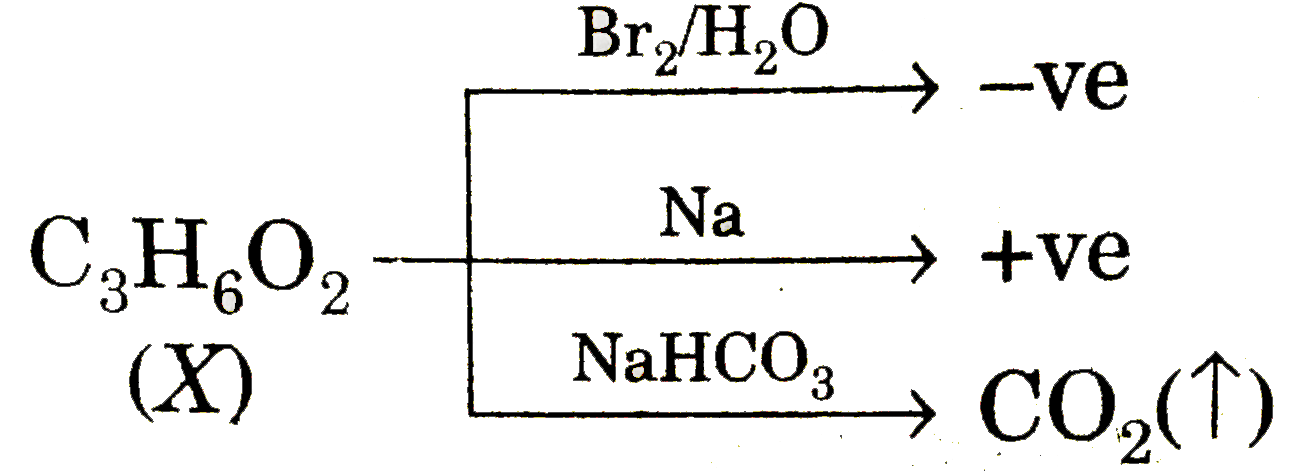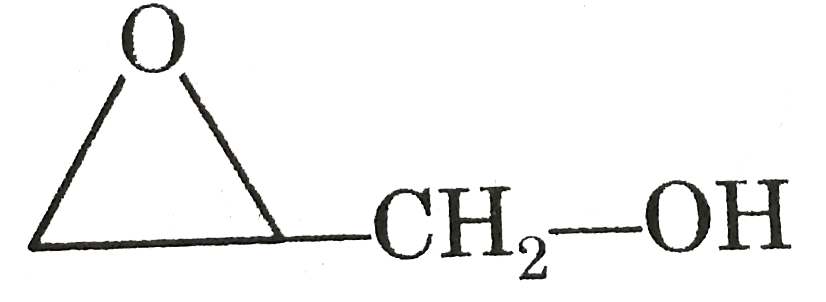Write the empirical formula of the compounds having the molecular formulae :
(i) C6H6, (ii) C6H12, (iii) H2O2, (iv) Na2CO3, (v) B2H6, (vi) N2O2, (vii) H3PO4, (viii) Fe2O3, (ix) C2H2, (x) N2O5
To find the empirical formula from the given molecular formulas, we need to determine the simplest whole number ratio of the atoms in each compound. Here’s how we can do that step by step for each of the compounds listed in the question:
1. For C₆H₆:
- Count the number of carbon (C) and hydrogen (H) atoms: C = 6, H = 6.
- Find the highest common factor (HCF) of 6 and 6, which is 6.
- Divide each subscript by the HCF:
- C: 6 ÷ 6 = 1
- H: 6 ÷ 6 = 1
- The empirical formula is CH.
2. For C₆H₁₂:
- Count the atoms: C = 6, H = 12.
- HCF of 6 and 12 is 6.
- Divide each subscript by the HCF:
- C: 6 ÷ 6 = 1
- H: 12 ÷ 6 = 2
- The empirical formula is CH₂.
3. For H₂O₂:
- Count the atoms: H = 2, O = 2.
- HCF of 2 and 2 is 2.
- Divide each subscript by the HCF:
- H: 2 ÷ 2 = 1
- O: 2 ÷ 2 = 1
- The empirical formula is HO.
4. For Na₂CO₃:
- Count the atoms: Na = 2, C = 1, O = 3.
- HCF of 2, 1, and 3 is 1.
- Divide each subscript by the HCF:
- Na: 2 ÷ 1 = 2
- C: 1 ÷ 1 = 1
- O: 3 ÷ 1 = 3
- The empirical formula is Na₂CO₃ (same as molecular formula).
5. For B₂H₆:
- Count the atoms: B = 2, H = 6.
- HCF of 2 and 6 is 2.
- Divide each subscript by the HCF:
- B: 2 ÷ 2 = 1
- H: 6 ÷ 2 = 3
- The empirical formula is BH₃.
6. For N₂O₂:
- Count the atoms: N = 2, O = 2.
- HCF of 2 and 2 is 2.
- Divide each subscript by the HCF:
- N: 2 ÷ 2 = 1
- O: 2 ÷ 2 = 1
- The empirical formula is NO.
7. For H₃PO₄:
- Count the atoms: H = 3, P = 1, O = 4.
- HCF of 3, 1, and 4 is 1.
- Divide each subscript by the HCF:
- H: 3 ÷ 1 = 3
- P: 1 ÷ 1 = 1
- O: 4 ÷ 1 = 4
- The empirical formula is H₃PO₄ (same as molecular formula).
8. For Fe₂O₃:
- Count the atoms: Fe = 2, O = 3.
- HCF of 2 and 3 is 1.
- Divide each subscript by the HCF:
- Fe: 2 ÷ 1 = 2
- O: 3 ÷ 1 = 3
- The empirical formula is Fe₂O₃ (same as molecular formula).
9. For C₂H₂:
- Count the atoms: C = 2, H = 2.
- HCF of 2 and 2 is 2.
- Divide each subscript by the HCF:
- C: 2 ÷ 2 = 1
- H: 2 ÷ 2 = 1
- The empirical formula is CH.
10. For N₂O₅:
- Count the atoms: N = 2, O = 5.
- HCF of 2 and 5 is 1.
- Divide each subscript by the HCF:
- N: 2 ÷ 1 = 2
- O: 5 ÷ 1 = 5
- The empirical formula is N₂O₅ (same as molecular formula).
Summary of Empirical Formulas:
- C₆H₆ → CH
- C₆H₁₂ → CH₂
- H₂O₂ → HO
- Na₂CO₃ → Na₂CO₃
- B₂H₆ → BH₃
- N₂O₂ → NO
- H₃PO₄ → H₃PO₄
- Fe₂O₃ → Fe₂O₃
- C₂H₂ → CH
- N₂O₅ → N₂O₅
- Count the number of carbon (C) and hydrogen (H) atoms: C = 6, H = 6.
- Find the highest common factor (HCF) of 6 and 6, which is 6.
- Divide each subscript by the HCF:
- C: 6 ÷ 6 = 1
- H: 6 ÷ 6 = 1
- The empirical formula is CH.
- Count the atoms: C = 6, H = 12.
- HCF of 6 and 12 is 6.
- Divide each subscript by the HCF:
- C: 6 ÷ 6 = 1
- H: 12 ÷ 6 = 2
- The empirical formula is CH₂.
- Count the atoms: H = 2, O = 2.
- HCF of 2 and 2 is 2.
- Divide each subscript by the HCF:
- H: 2 ÷ 2 = 1
- O: 2 ÷ 2 = 1
- The empirical formula is HO.
- Count the atoms: Na = 2, C = 1, O = 3.
- HCF of 2, 1, and 3 is 1.
- Divide each subscript by the HCF:
- Na: 2 ÷ 1 = 2
- C: 1 ÷ 1 = 1
- O: 3 ÷ 1 = 3
- The empirical formula is Na₂CO₃ (same as molecular formula).
- Count the atoms: B = 2, H = 6.
- HCF of 2 and 6 is 2.
- Divide each subscript by the HCF:
- B: 2 ÷ 2 = 1
- H: 6 ÷ 2 = 3
- The empirical formula is BH₃.
- Count the atoms: N = 2, O = 2.
- HCF of 2 and 2 is 2.
- Divide each subscript by the HCF:
- N: 2 ÷ 2 = 1
- O: 2 ÷ 2 = 1
- The empirical formula is NO.
- Count the atoms: H = 3, P = 1, O = 4.
- HCF of 3, 1, and 4 is 1.
- Divide each subscript by the HCF:
- H: 3 ÷ 1 = 3
- P: 1 ÷ 1 = 1
- O: 4 ÷ 1 = 4
- The empirical formula is H₃PO₄ (same as molecular formula).
- Count the atoms: Fe = 2, O = 3.
- HCF of 2 and 3 is 1.
- Divide each subscript by the HCF:
- Fe: 2 ÷ 1 = 2
- O: 3 ÷ 1 = 3
- The empirical formula is Fe₂O₃ (same as molecular formula).
- Count the atoms: C = 2, H = 2.
- HCF of 2 and 2 is 2.
- Divide each subscript by the HCF:
- C: 2 ÷ 2 = 1
- H: 2 ÷ 2 = 1
- The empirical formula is CH.
- Count the atoms: N = 2, O = 5.
- HCF of 2 and 5 is 1.
- Divide each subscript by the HCF:
- N: 2 ÷ 1 = 2
- O: 5 ÷ 1 = 5
- The empirical formula is N₂O₅ (same as molecular formula).
- C₆H₆ → CH
- C₆H₁₂ → CH₂
- H₂O₂ → HO
- Na₂CO₃ → Na₂CO₃
- B₂H₆ → BH₃
- N₂O₂ → NO
- H₃PO₄ → H₃PO₄
- Fe₂O₃ → Fe₂O₃
- C₂H₂ → CH
- N₂O₅ → N₂O₅
Topper's Solved these Questions
- SOME BASIC CONCEPTS OF CHEMISTRY BOOK - MODERN PUBLICATIONCHAPTER - SOME BASIC CONCEPTS OF CHEMISTRY EXERCISE - PRACTICAL PROBLEMS
70 Videos
- SOME BASIC CONCEPTS OF CHEMISTRY BOOK - MODERN PUBLICATIONCHAPTER - SOME BASIC CONCEPTS OF CHEMISTRY EXERCISE - CONCEPTUAL QUESTION 1
12 Videos
- S-BLOCK ELEMENTS ( ALKALI AND ALKALINE EARTH METALS ) BOOK - MODERN PUBLICATIONCHAPTER - S-BLOCK ELEMENTS ( ALKALI AND ALKALINE EARTH METALS ) EXERCISE - UNIT PRACTICE TEST
13 Videos
- STATES OF MATTER : GASES AND LIQUIDSBOOK - MODERN PUBLICATIONCHAPTER - STATES OF MATTER : GASES AND LIQUIDSEXERCISE - UNIT PRACTICE TEST
13 Videos
Similar Questions
Write the empirical formulae of the compounds having the following molecular formulae :
(i) C6H6
(ii) C6H12
(iii) H2O2
(iv) H2O
(v) Na2CO3
(vi) B2H6
(vii) N2O4
View SolutionWrite the empirical formulae of the following compounds.
(i) C6H6 (ii) Na2CO3 (iii) C6H12O6 (iv) H2O2 (v) CH3COOH (vi) CuSO4
View Solution
Knowledge Check
Compound having molecular formula C3H6O2 is:-
AC2H5−COOHBHCOOC2H5CCH3COCH3DBoth (a) and (b)C3H6O2
 ACH3−CH2−COOHB
ACH3−CH2−COOHB CCH3−CO−CH2−OHD
CCH3−CO−CH2−OHD
Write the empirical formulae of the following :
(i)N2O4(ii)C6H6(iii)C6H12O6(iv)H2O2(v)H2O(vi)Na2CO3(vii)CH3COOH
View SolutionWrite the structures and IUPAC names of the functional isomers having the molecular formula C2H5O2N.
View SolutionCalculate the equivalent weight of following assuming molecular weight M
(i) H3BO3
(ii) H3PO2
(iii) FeSO4.(NH4)2.6H2O
(iv) K2SO4Cr2(SO4)3.24H2O
(v) Al2O3
(vi) HNO3
(vii) MgCO3
(Viii) CaSO4
View SolutionCalculate the molecular masses of H2,O2,Cl2,CO2,CH4,C2H6,C2H4,NH3,CH3OH.
View SolutionCalculate the molecular masses of H2,O2,Cl2,CO2,CH4,C2H6,C2H4,NH3,CH3OH.
View SolutionWhich two of the following compounds belong to same homologous series?
C2H6O2,C2H6O,C2H6,CH4O
View Solution
